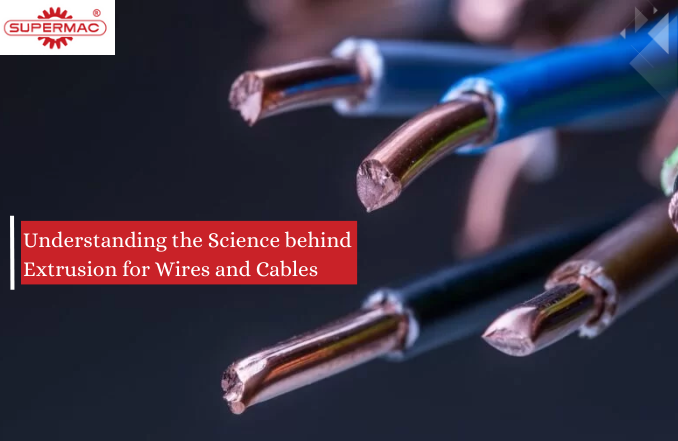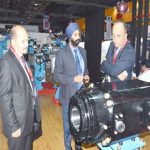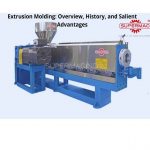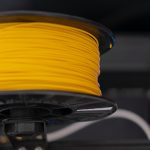Wires and cables are an important part of every industry, and no operations can be imagined without them. Various times, we hear about so many occurrences in homes, buildings, factories, and commercial establishments wherein a huge loss of man and machine is caused by faulty or substandard wires and cables. Almost all the investigations launched by the authorities indicate the same issue – the short circuit of wires and cables. It is an open secret that, with time, the insulation of wires and cables produced by the top cable suppliers in India and abroad gets deteriorated calling for timely replacements.
There are instances in which even the original wires might have an insufficient amount of insulation and they at a time might have passed the short time testing. But in the long run, they can create chaos within any setup or wherever installed. Therefore, it is the first and foremost duty of the many concerned including wires and cables manufacturers and suppliers, customers, and electrical contractors to look into the overall quality of the wires and cables they are going to install in any establishment.
The science behind the extrusion of wires and cables
Before extrusion, a polymer is often mixed with added substances and different materials. When the polymer or mix is appropriately dried and fixings are blended, the detailing is taken care of in the extruder. In the extruder, the polymer or mix is dissolved, blended, and sent to the die to give it a certain shape. After leaving the die, the product is cooled, hardened as a covering in the desired shape, and pulled away from the extruder at a consistent speed to achieve the thickness and covering required. The product is then shock tested and assessed for quality, protection, and use.
Two types of insulation are extremely popular including the following:
- FEP – Fluorinated Ethylene Propylene
- ETFE – Ethylene Tetrafluoroethylene.
The manufacturing of high-quality industrial wires and cables to a large extent depends upon the use of the right quality tools and equipment in a particular facility. Insulation is considered to be the heart of wires and cables and the quality of the insulation can be ensured only with the right kind of processes, technologies, and best quality extruders provided by the manufacturers and suppliers of extrusion lines in India are in place.
Major Components of an Extruder
Before we go deeper into the process of extrusion, let’s take a look at some crucial aspects of extruders including the idea behind the same and their construction. An extruder comprises a bunch of screws and a barrel. The screw is fitted inside the barrel having extremely close resilience – between 0.2 mm to 0.3 mm. The contemporary screws and barrels are manufactured with tolerances under 0.2 mm.
The compound entering the extruder is passed on through the – feed zone, progress zone, and metering zone. In the feed zone, the material is to get delicate and procure plastic structure on utilization of temperature and tension. The plasticized material is sent forward into the blending or chewing – progress zone and ultimately, the metering zone. At the feeding zone, the flight profundities of the screw are deep cut. The material is heat treated in this zone by outer warming.
The proportion of the region in the metering zone and feed zone is called the pressure proportion. For XLPE it is 3:1, and for elastic/LSOH, it is 1:11. Further, the pressure proportion is lower for materials like high gooey elastic and high shear materials like LSZH. The two parameters which portray the size of the extruder are the measurement and the L/D proportion. The regular L/D proportion for XLPE/PVC/POLY is 24:1, and for elastic, it is 15:1.
The most commonly used processes
Wire and cable extrusion is the most common way of changing over plastic unrefined components into a nonstop profile, giving assurance against external damages and wear. Various processes exist depending upon the materials/compounds desired by the market. The most commonly utilized process for thermoplastic and thermosetting materials is that wherein an inward machine (barrel) contact and outer intensity resistors are utilized to get a done or semi-completed product, moulding material by compelling it through a die. One more process exists for elastic extrusion with various vulcanization arrangements designed to heat the insulation after the die trough.
Typical polymers used for the wire coating applications
A large number of polymers are used for the covering or coating of industrial wires and cables. So many times, the material is decided as per the nature of the application of the wires and cables because industrial applications call for different parameters of insulation.
Some of the top attributes and characteristics of these polymers that make them perfect for use include the following:
- Flexibility
- Electrical properties
- Ability to withstand the abuse, and
- Durability.
Typical polymers are as follows:
- Thermoplastic elastomers
- Ethylene propylene copolymers
- Polypropylene
- Fluoropolymers
- Polyethene
- Polyvinylchloride
- Polyamide
- Polybutylene terephthalate.
Wire and cable manufacturing scenario in India
Over the past 20 years, the industrial wires and cable industry has seen a sea change in India. Due to extensive R&D and approaches, Indian manufacturers of wires and cables machines such as Supermac have earned a formidable reputation. Today, these Indian companies are serving their global clientele with high-quality extrusion solutions. Be it manpower, infrastructure, or engineering facilities, Indian extrusion lines and allied solutions providers have become truly global on all parameters.
Concluding Remarks
Supermac Industries (India) Limited is a technological leader in the manufacturing of extrusion machines since 1974. It is a leading FEP wire extrusion line manufacturer and Rewinding machine supplier offering a complete range of crossheads, caterpillars, belt wrap capstans, screws, and barrels. Right since its inception, the company has laid stress on innovation, and as a result, it has produced various ‘first-time’ products in the national and international markets. The company boasts of a rich product portfolio that features an Insulation line for Building wires/Automotive wires, an Insulation Line and Sheathing Line for Power Cables, a Triple Extrusion Line for Insulation of SILANE-XLPE Cables upto 33 KV, Dry Cure CCV Lines for Medium Voltage Cables, Extruders, Cross-Head, Caterpillar & Capstan, and Take-Up and Pay-Off.





